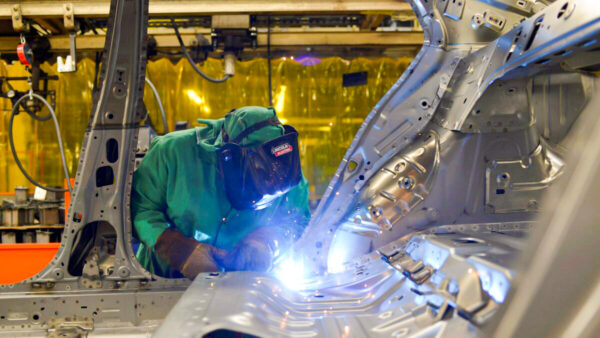The Question of College
Student debt debates have among other things enlivened conversation about the nation’s long-standing emphasis on college. With so many graduates unable to repay the cost of their education, questions naturally have arisen about whether college effectively serves the economy’s skills needs and, accordingly, whether many now in college might do better with some other sort of training and education.
Apart from onerous debt burdens, the waste in the long-standing “college for all” push is clear in figures on graduation and on who gets what jobs. The Department of Education reports that more than 60 percent of those finishing middle school will eventually attend either a four-year or two-year post-secondary institution, but only slightly over half these will graduate. Meanwhile, over 60 percent of these graduates will fail to get a job requiring their degree. In other words, only 16 percent of those involved achieve the promise of a degree for themselves and for society. For the rest, there is debt and little benefit, while the economy loses out on what they might have contributed with a different sort of training. This is hardly a good return on the national effort. It should be apparent, then, that the emphasis on college wastes public and personal resources while inducing many who do not belong there to forego the vocational training that might serve them and society better.
It might seem on the surface that artificial intelligence (AI) and robotics will eventually preclude the need for vocational training. It is, after all, widely known that industry, because of AI and robotics, has less and less need of the unskilled millions who once manned assembly lines and did comparable tasks in activities outside of manufacturing. Robots and offshore placement to less-developed and lower-wage countries have reduced the need for these kinds of workers. But that is only part of the picture. In fact, the AI orientation of industry today—whether it builds highways or manufactures cars or produces medical supplies—has created a huge need for skilled technicians, not quite engineers, but people of middle skill levels, something that college does not produce.
Already, American industry faces constraints because of a shortage of just this sort of training. That shortage became evident as early as 2011, even though the lingering effects of the great recession had left some 14 million Americans jobless. The Manufacturing Institute estimates that now more than seven in 10 American manufacturers have difficulty finding people with this sort of essential training. By 2030, the institute reckons, more than 2 million of these sorts of positions will be left unfilled. Siemens, the huge German conglomerate with a significant presence in the United States, has confirmed these calculations. It has announced that in 2022, over half of all its job openings are at this level.

Though college cannot meet this need, this country continues to neglect such technical training. Certainly, all the public money goes to college. During the 30 years prior to the pandemic, the average college-bound student could expect the taxpayer to dedicate some $100,000 on him or her. For vocational training, that student can expect nothing after high school. Under the present system, college is not a choice; it is an ultimatum.
Yet, it is clear that the endless expansion of college has failed to produce a supply of desperately needed middle-skill workers while injecting into the economy a surplus of people with questionable career credentials.
Meanwhile, American apprenticeship programs presently involve only a mere 800,000-plus workers. But there are signs of a developing change. German firms like Siemens, as it strives to find the technicians it needs, has found a welcome reception for apprenticeship ideas, especially in depressed regions of the country. North and South Carolina have, for instance, partnered with Siemens and European firms to establish programs that combine on-the-job training with vocational courses in high school and community college. Colorado has made similar arrangements in its “CareerWise” program as has New Hampshire. Under former president Donald Trump, even Washington, always slow in the draw, entered the effort. The National Council of the American Worker founded at that time aimed at creating a million apprenticeships. More recently, however, this program has lost support.
None can doubt that some careers demand the fruits of a good college education and more. But many jobs that otherwise require skill and intelligence do not. Employers have insisted on college for many jobs that really do not require it because they do not trust the quality of a high school diploma and, in the absence of a vocational track, have no other basis to judge. The nation could serve its economy, its employers, and its workers by offering an effective vocational alternative and reallocating some of the college-linked largess to other sorts of training.
Views expressed in this article are the opinions of the author and do not necessarily reflect the views of The Epoch Times.




